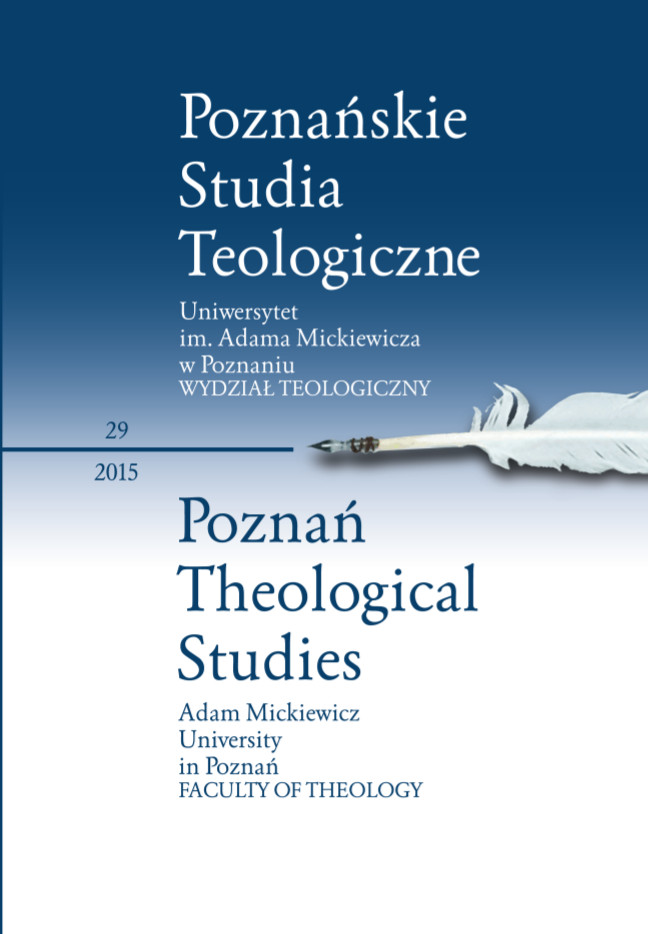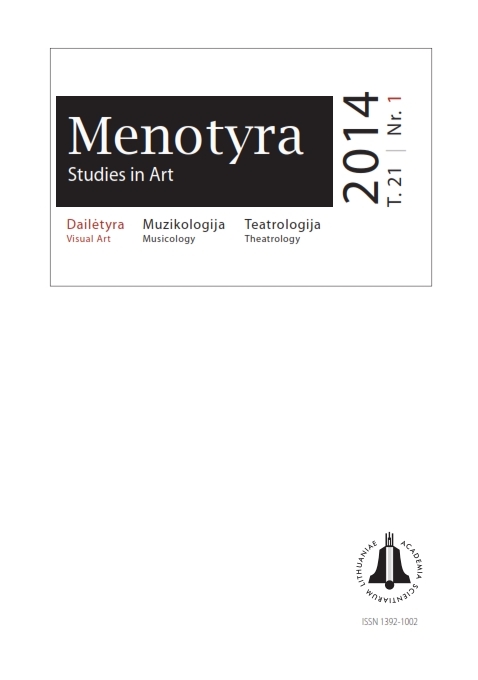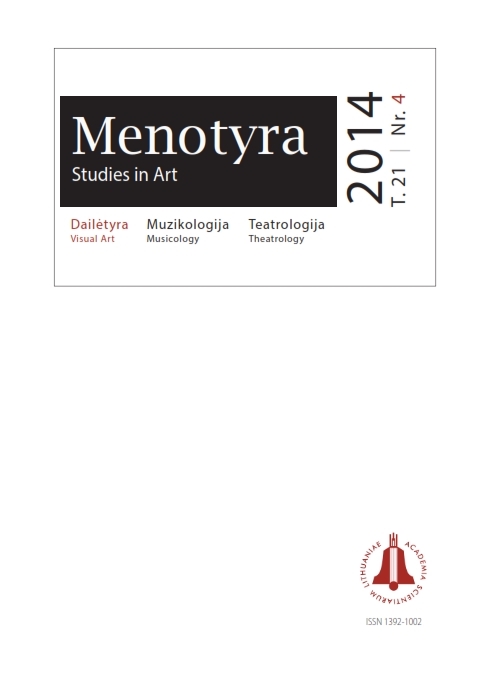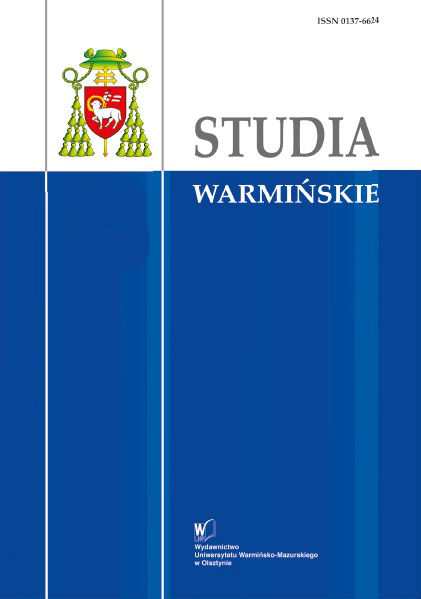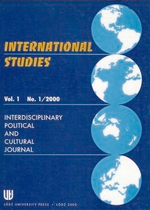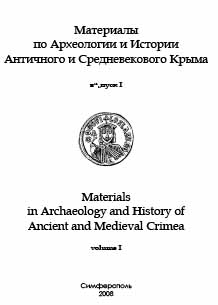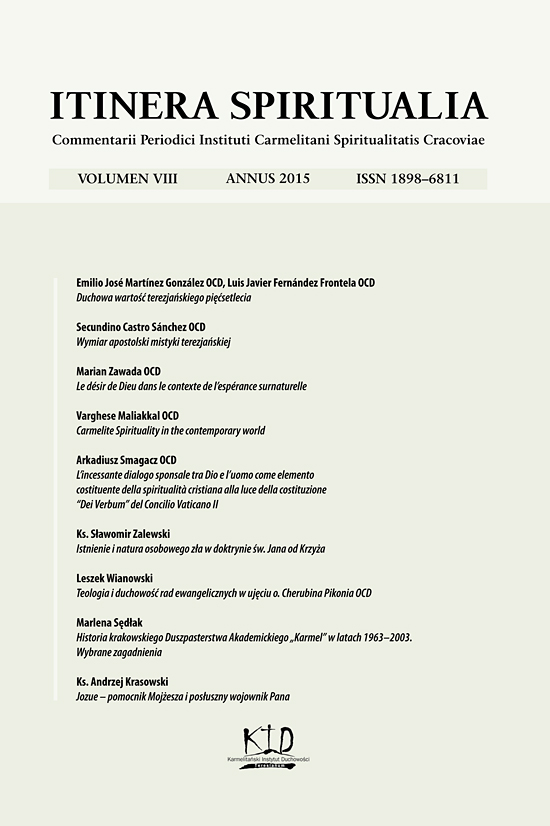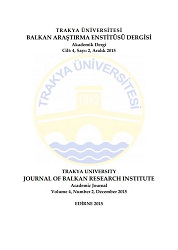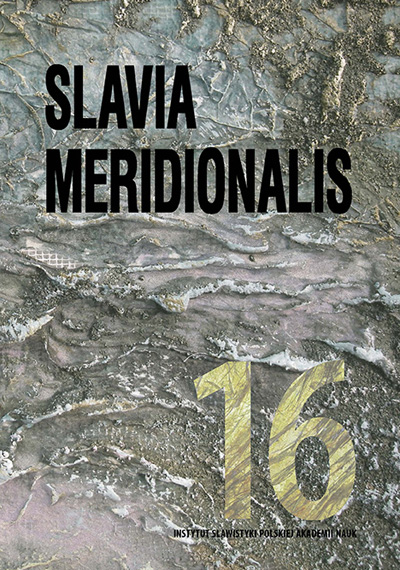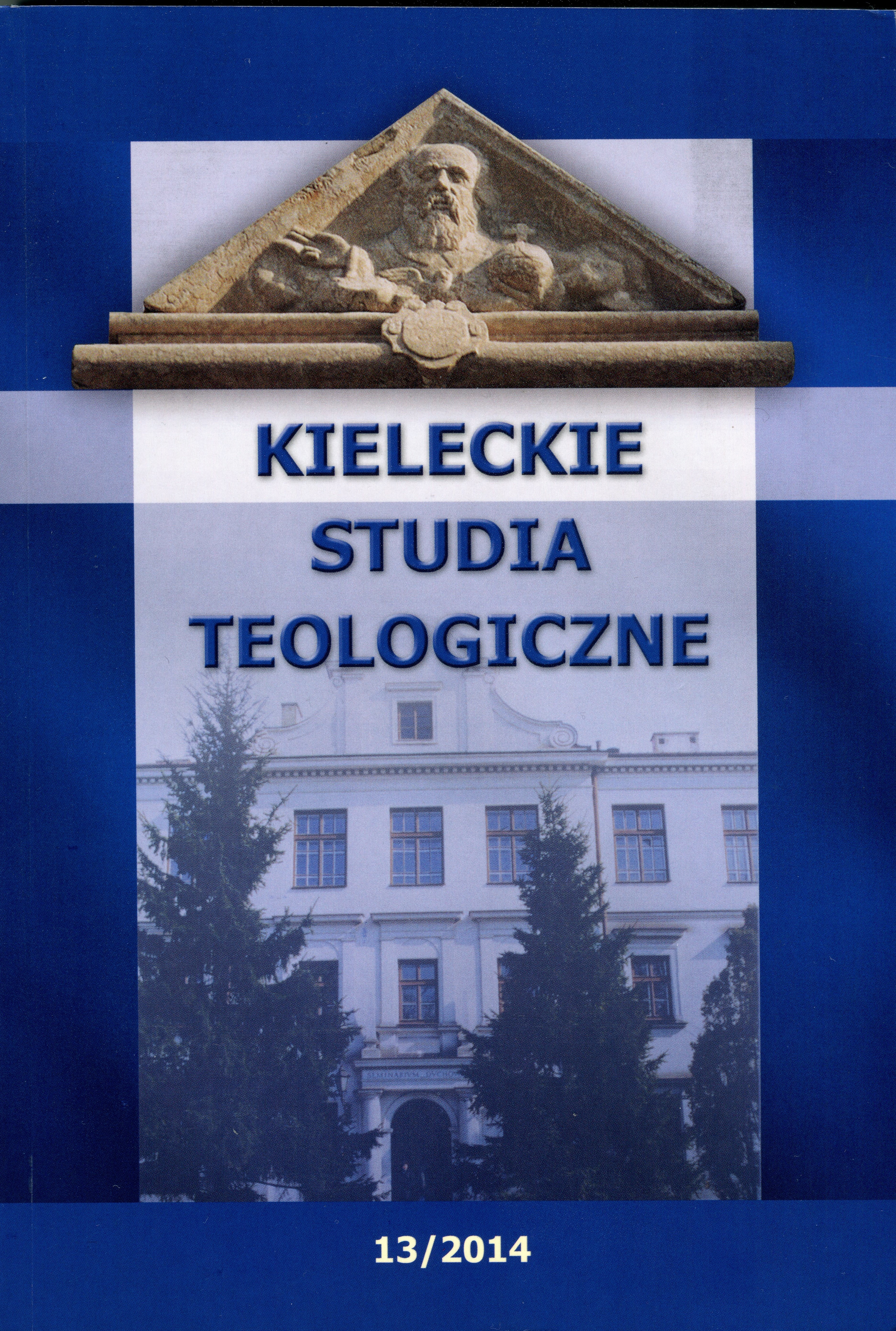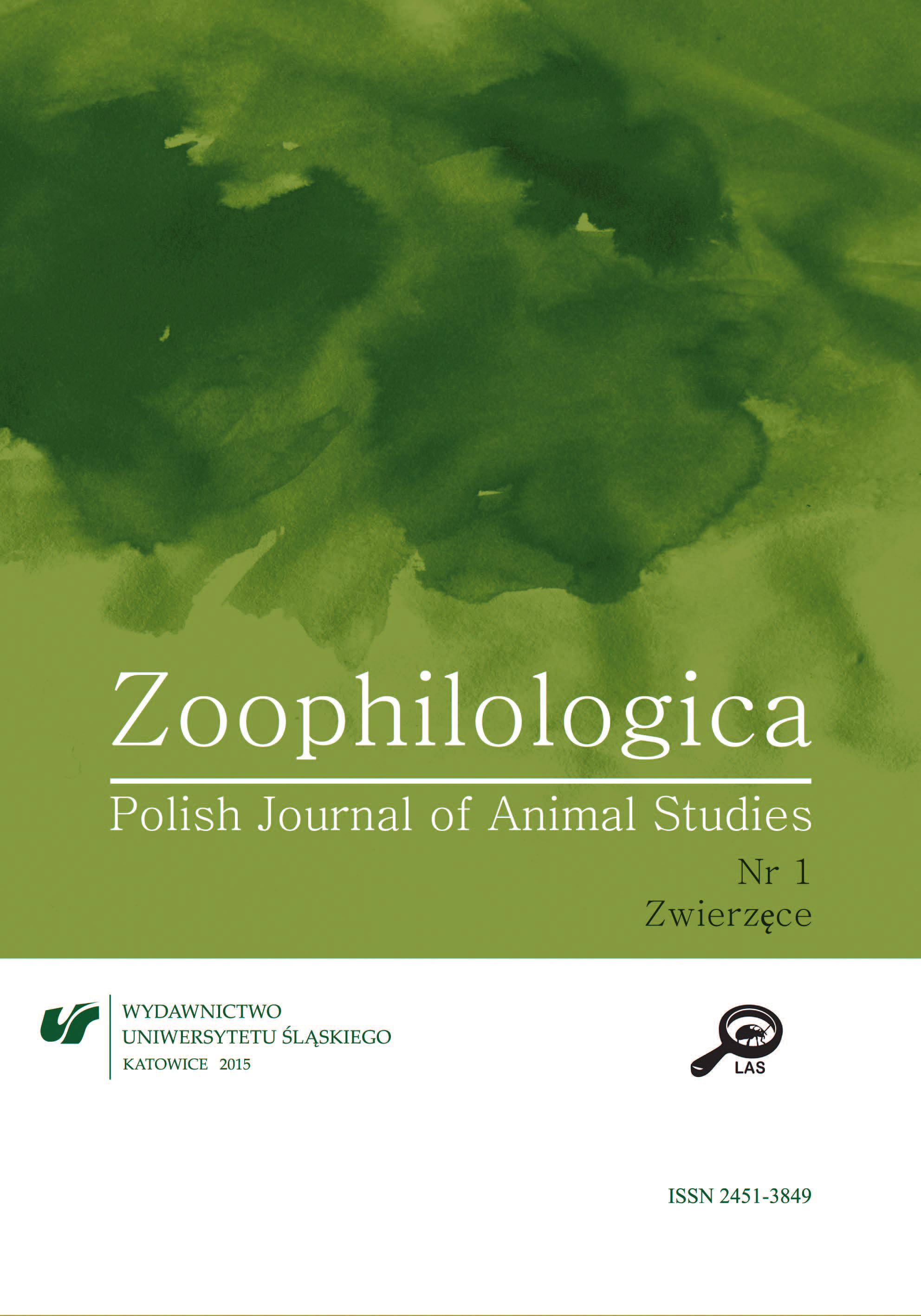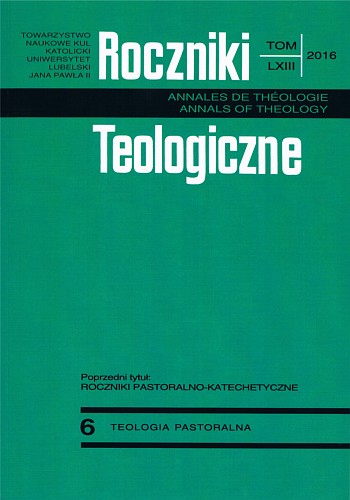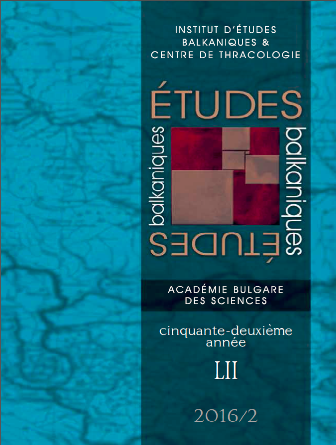
THE HISTORIOGRAPHICAL RETHINKING OF THE BULGARIAN SCHISM (1872) THROUGH THE POSTSECULAR PERSPECTIVE – REASONS AND CONSEQUENCES
The Bulgarian schism from 1872 is considered the focal point in the synthesis between secularization and nationalization of the religious life of the Orthodox Christians in the modernizing 19th century Balkans. The Bulgarian separation from the Patriarchate of Constantinople was not a precedent in the context of the epoch. Quite similar were the administrative church disunions, common for most of the emerging nationalistic movements in Eastern Europe. But it was only the Bulgarian case in which a whole nation was proclaimed schismatic and excommunicated from the Orthodox ecumene. What is more, it was for the promulgation of the autocephaly of the Bulgarian Exarchate that the nationalism within the Church (ethnophyletism) was declared heresy. That exclusiveness of the Bulgarian case makes it a rather convenient resource for historical, theological and sociological arguments in the ongoing scientific debates, concerning the modern relationships between church, state and society and especially for the explanation of some conflict crossroads within the modern Orthodox world. Apart from the academic discourse, in the past two decades the Bulgarian schism from 1872 is actively being used, both by local and foreign thinkers, as a ground for predefinition of the popular grand narratives in the Bulgarian history. To the intensity and the reasons for that rethinking of the historical discourse, which could be quite radical in some cases, is devoted the following research.
More...
